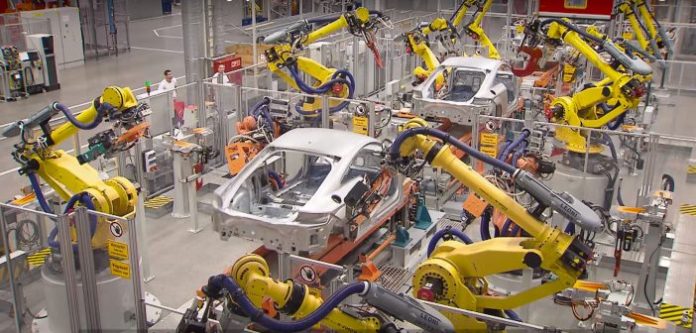In a smart factory, the manufacturing process will certainly be more intelligent, dynamic and flexible compared to current models. The smart factory concept means the industrial or manufacturing processes will be organized in a different way compared to the traditional standards. In the era of intelligent manufacturing, the entire production chain, including suppliers, logistics and product lifecycle management will be connected across corporate boundaries.
In the smart manufacturing scheme, all individual steps included in the production process will be fully connected and integrated. Some of the processes to be impacted are factory and production planning, logistics product development, enterprise resource planning and manufacturing execution systems. Also, in a smart factory, the plant machinery and equipment will enable the improvement of the production process through self-optimization and autonomous decision making.
To achieve this, future smart factories will feature an interconnected combination of intelligent production technologies with the latest information and communication technologies. The smart factory will also feature digitally integrated engineering and horizontal integration, which will span the entire value chain of the manufacturing process. It will also offer vertical integration and connectivity across all levels of production.
The implementation of communications technology will enable smart factories to transfer huge amounts of data in real time and with minimum delays; connect a large number of personal devices with high data security standards; implement several wireless technologies to be used within the facility; and support remote connectivity.
Smart factories will also use sensors, which will offer flexibility in production by enabling remote and dynamic adjustments. These sensors will free personnel from making the adjustments at each manufacturing workstation. Interconnecting these devices reliably with higher-level control systems will be crucial for smart factories. Machine-to-machine data communication will also improve equipment utilization, and industrial Ethernet and radio interfaces are gradually being adopted as a supplementary communication method to wired networks.
“Lights out” manufacturing is the term used for a manufacturing process where factories run fully autonomously, without any human intervention. The term is quite literal, with production occurring free of human necessities like lighting or heating, ventilation and air conditioning (HVAC).
This differs from other fully-automated factories in that those often require some form of human interaction, whether it be a single team of engineers or a few people maintaining the robots on the floor. Lights out manufacturing exclusively refers to production where machines are entirely self-sufficient.
Bringing automated processes, or robots, to factories is already a reality. Machines getting rid of human jobs is something that has been occurring on a huge scale. The lights out factory, however, is something different altogether. From a business perspective, it can significantly reduce operational expenses (opex) after initially high capital expenditures (capex). It gets rid of wages, building expenses and loss due to human error. However, it can present more problems than benefits. Not having someone on site means machine failure can result in long periods of downtime, and huge losses.
A societal benefit of lights out is that it could amount in substantial energy savings. But the real question is what sort of impact replacing human labor with computers has on society. Many see the potential monetary benefits gained by companies as short of outweighing the detrimental impact joblessness has on individuals and society as a whole.

